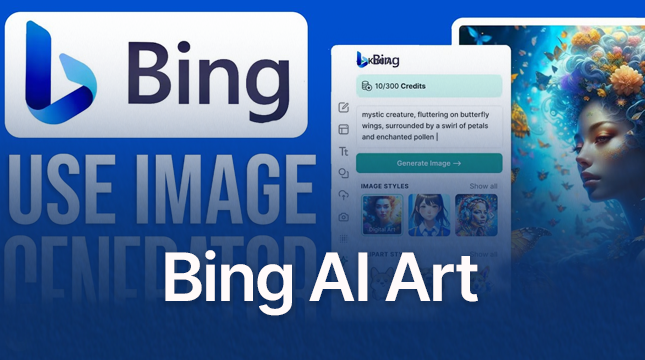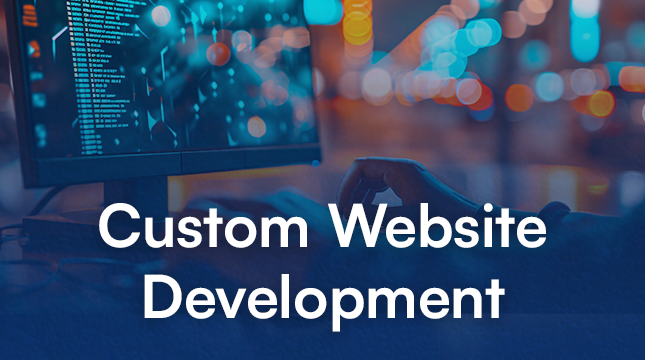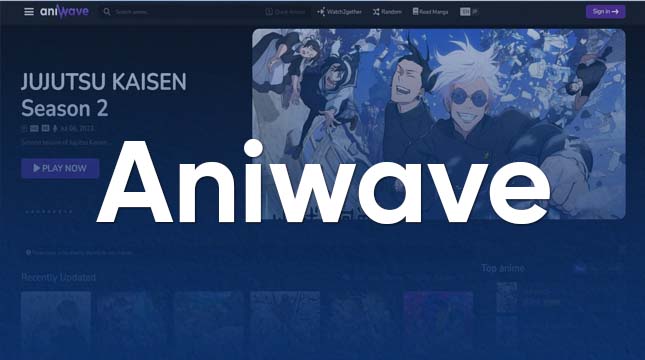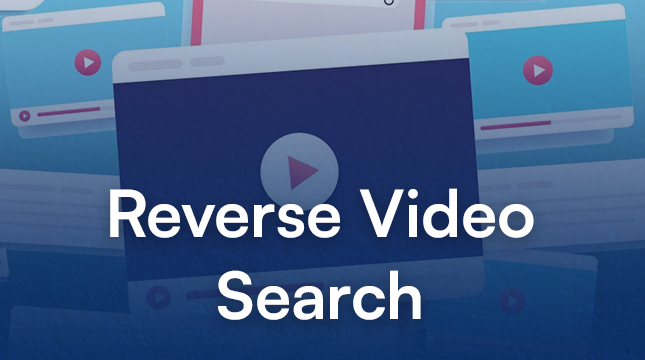This website uses cookies so that we can provide you with the best user experience possible. Cookie information is stored in your browser and performs functions such as recognising you when you return to our website and helping our team to understand which sections of the website you find most interesting and useful.
Bing AI Art: Where Machines Meet Masterpieces

Have you ever dreamed of creating stunning artwork but lacked artistic skills? Well, fret no more! Bing AI Art, now known as Microsoft Designer, is here to bridge the gap between imagination and reality. This innovative tool, designed by artificial intelligence, allows you to transform your wildest ideas into captivating digital art pieces in seconds.
What is Bing AI Art?
Bing AI Art is the artwork generated using Microsoft’s Bing AI platform. This platform employs machine learning and deep neural networks to analyze and replicate artistic styles, creating original pieces of art that can range from abstract compositions to lifelike portraits. By feeding the AI vast datasets of existing artwork, it learns to understand and reproduce various artistic techniques, color palettes, and compositions.
How Does Bing AI Create Art?
The process of creating art with Bing AI involves several key steps:
- Data Collection: Trained on a diverse dataset of artworks spanning different styles, periods, and artists. This extensive database allows the AI to learn the nuances of various artistic techniques.
- Neural Network Training: Uses deep learning algorithms to analyze the collected data. Neural networks, particularly convolutional neural networks (CNNs), are employed to recognize patterns, textures, and styles in artwork.
- Style Transfer: One of the most popular techniques used in AI art is style transfer. This involves taking the style of one image and applying it to another. For instance, the AI can take the style of Vincent van Gogh’s “Starry Night” and apply it to a modern-day photograph, creating a unique blend of both.
- Generative Adversarial Networks (GANs): GANs are another powerful tool in the AI art arsenal. They consist of two neural networks: a generator and a discriminator. The generator creates new images, while the discriminator evaluates them. Through this adversarial process, the AI learns to produce increasingly realistic and aesthetically pleasing artwork.
The Impact of Bing AI Art
The rise of Bing AI art has profound implications for the art world and beyond:
1. Democratization of Art
AI art platforms like Bing can create art, regardless of their artistic skills. This democratization opens up new avenues for self-expression and creativity, allowing people from all walks of life to engage with art.
2. New Aesthetic Possibilities
AI-generated art often combines elements in ways that human artists might not conceive. This creates an entirely new aesthetic experience, pushing the boundaries of what art can be and how it can be perceived.
3. Collaboration between Humans and AI
Rather than replacing human artists, AI can act as a collaborative tool. Artists can use AI-generated elements as inspiration or components in their work, leading to a synergistic relationship between human creativity and machine intelligence.
4. Challenging Traditional Notions of Art
AI art challenges traditional notions of authorship, creativity, and originality. Questions arise about who owns the rights to AI-generated art and what it means for something to be considered “art.” These discussions are reshaping the philosophical landscape of the art world.
The Future of Bing AI Art
As AI technology keeps advancing, the potential for Bing AI art is virtually limitless. We can expect to see even more sophisticated and diverse AI-generated artworks, with improved algorithms leading to greater artistic autonomy. Additionally, the integration of AI with other emerging technologies, such as virtual reality and augmented reality, will open up new immersive experiences for art lovers.
In conclusion, Bing AI art represents a thrilling convergence of technology and creativity. It is transforming how we create, perceive, and engage with art, heralding a new era where the lines between human and machine creativity blur. As we continue to explore the possibilities of AI in art, one thing is certain: the canvas of the future is vast, and the brushstrokes of innovation are just beginning to paint the picture.

Let's Start Your Project
Get free consultation for your digital product idea to turn it into reality!
Get Started






